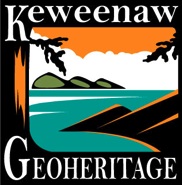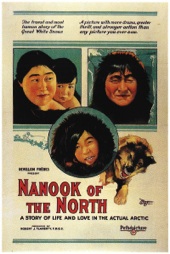Beach Rocks
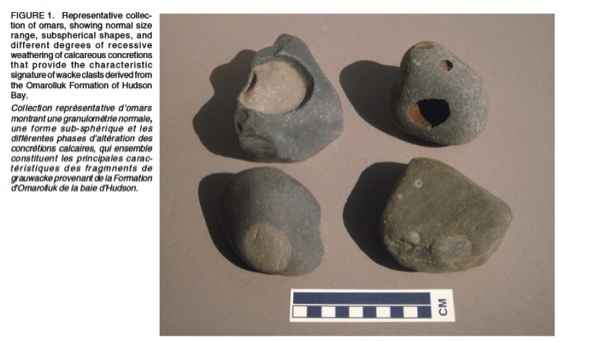
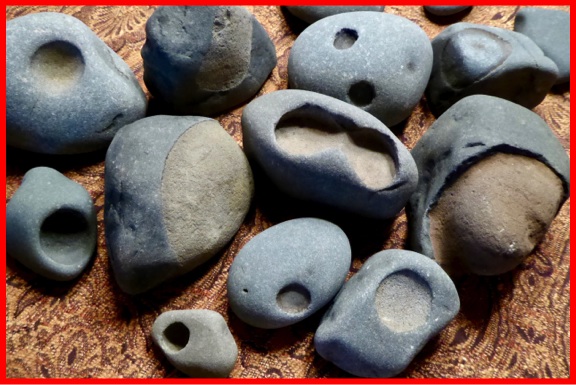
Robin Mueller
Prest, V.K., J.A. Donaldson, and H.D. Mooers (2000) The omar story: the role of omars in assessing glacial history of west-central North America. Géographie Physique et Quaternaire 54(3):257-270
Omars have a color and texture like Keweenawan basalts, but they are fine-grained sedimentary rocks, made up of sands derived from basaltic rocks. What makes them distinguishable is the spherical features, often being holes, that are usually between a half inch and 3 inches in diameter. The holes are eroded concretions, and many of the concretions are still wholly or partly preserved. The concretions are relicts of cyanobacteria colonies that grew in the water that was between sand grains in the sediment.
Omars
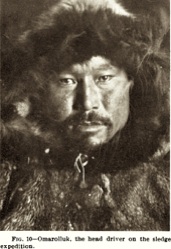
Concretions form in the pore spaces between grains of sand in sandstones. They usually grow as an algal colony from a central point. As they fill the pores with calcite, the living outer part encases the dead core and forms a spherical feature.
Omarolluk, the man who gave his name to the formation
On a beach, an omar is subject to selective erosion of the concretions, by wave action and beach sand impacts. This forms the spherical holes.
Robert J Flaherty (1884-1951) was a film director who directed Nanook of the North, a socio-documentary about people of the Arctic region. He explored the Belcher Islands in the early 1900s.
Where Omars come from
Uneroded Concretion
Partly Eroded Concretion
